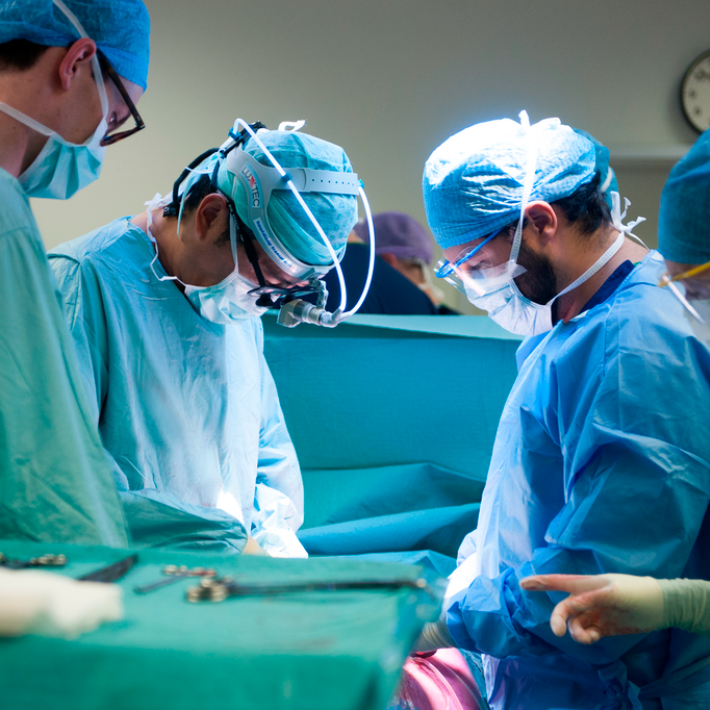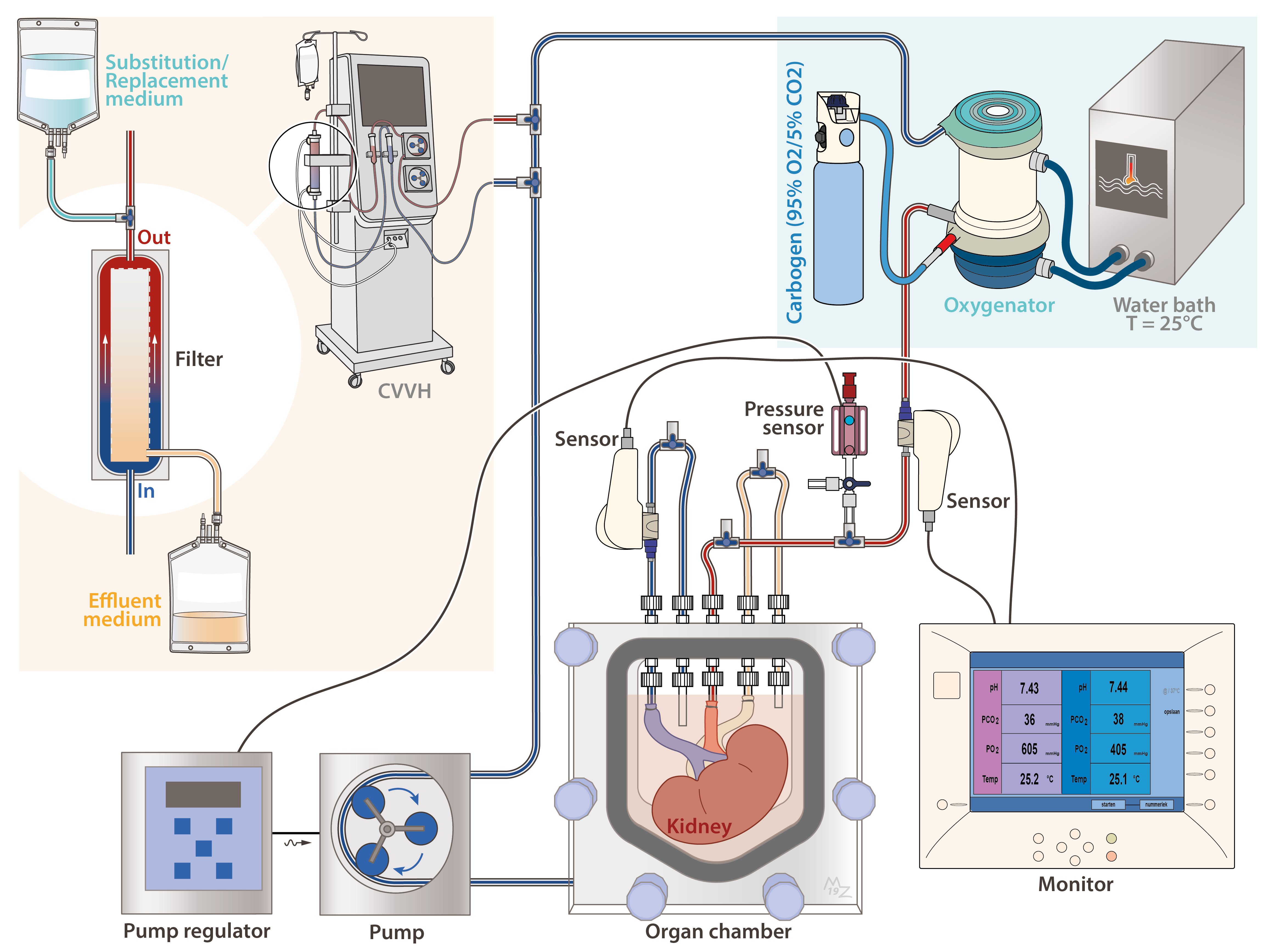Donor kidneys live longer outside the body thanks to new perfusion method
&width=710&height=710)
Approximately 2,000 patients in the Netherlands develop severe kidney failure every year. From that moment on, these patients are completely dependent on dialysis: a treatment in which waste products are artificially filtered from the body. Although dialysis can temporarily take over part of the kidney's function, this is a burdensome and time-consuming treatment that has a major impact on a patient's life.
Donor shortage
The only real treatment for severe kidney failure is a kidney transplant from a living or deceased donor, but a growing donor shortage means that only half of all patients can be helped with this. There is therefore a need for new ways to increase the quality and quantity of available donor organs. One way to increase the donor pool is to improve the condition of donor kidneys that would otherwise be declined for transplantation. For this, it is important that the donor kidney can be kept alive outside the body for a longer period of time.
Click here for the publication in Nature Communications.
Organ perfusion
Previously, donor organs were kept on ice until transplantation. This approach has changed over the years. Dr. Marten Engelse, group leader in the internal medicine department, says: “This has changed over the years and donor organs can now be connected to a so-called perfusion machine. Just like the heart, this machine pumps a warm fluid through the donor organs, keeping them active and in good condition. The method is already very successful for the liver, for example, but for the kidneys it remains challenging to keep them alive for more than a few hours.”
Keep alive longer
In order to also develop an improved perfusion method for donor kidneys, researchers from Engelse’s group have created an 'intensive care unit' for donor kidneys (see animation below). This provides nutrients and oxygen; and removes waste products from the kidney. In addition, the function of the donor kidney can be monitored live. Researchers from Engelse group have now developed a new perfusion method to keep donor kidneys alive longer with the help of this 'intensive care'.
 Marlon de Haan, first author of the study, explains: “In our method we perform organ perfusion at a lower temperature (25 degrees Celsius), where processes in the kidney remain active, but the kidney cells require less oxygen.” De Haan continues: “We also add a homemade cocktail of nutrients to the perfusion fluid. Thanks to a recently developed technique at the LUMC, in which we zoom in on changes in the metabolism of specific cells in space and time, we were able to put together this cocktail very precisely.” With the new method, kidneys can be successfully kept alive for 4 days, while maintaining metabolism, structure and function.
Marlon de Haan, first author of the study, explains: “In our method we perform organ perfusion at a lower temperature (25 degrees Celsius), where processes in the kidney remain active, but the kidney cells require less oxygen.” De Haan continues: “We also add a homemade cocktail of nutrients to the perfusion fluid. Thanks to a recently developed technique at the LUMC, in which we zoom in on changes in the metabolism of specific cells in space and time, we were able to put together this cocktail very precisely.” With the new method, kidneys can be successfully kept alive for 4 days, while maintaining metabolism, structure and function.
Repairing donor kidneys
The method opens up new possibilities for repairing donor kidneys that would normally be declined for transplantation. Engelse: “The method gives us time to 'refurbish' the donor organs for transplantation. Follow-up research will show how we can best do this and how the kidneys function after transplantation.” The research may therefore contribute to increasing the donor pool for patients with severe kidney failure in the future.
